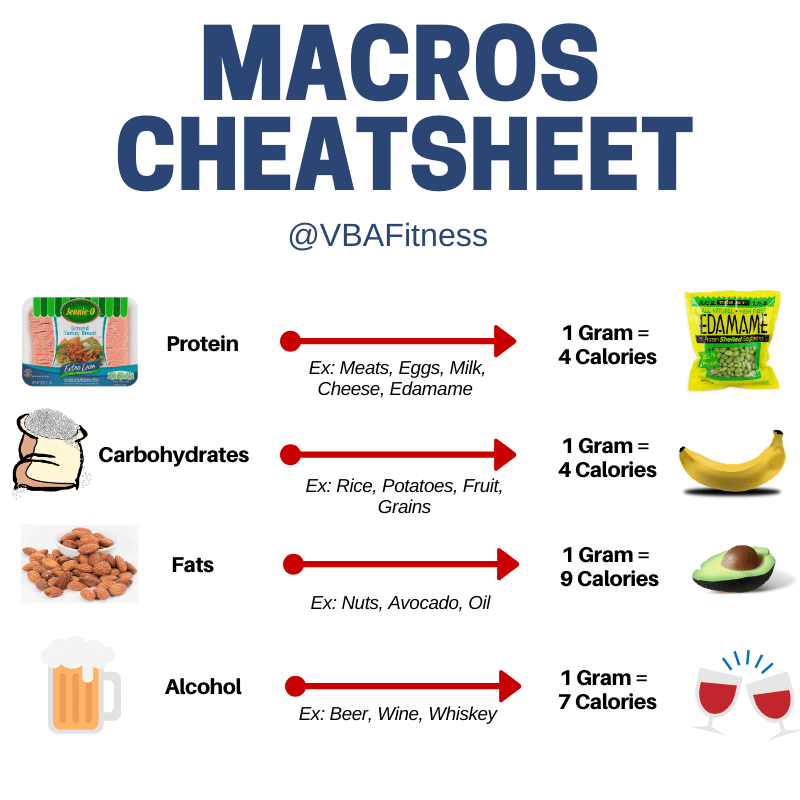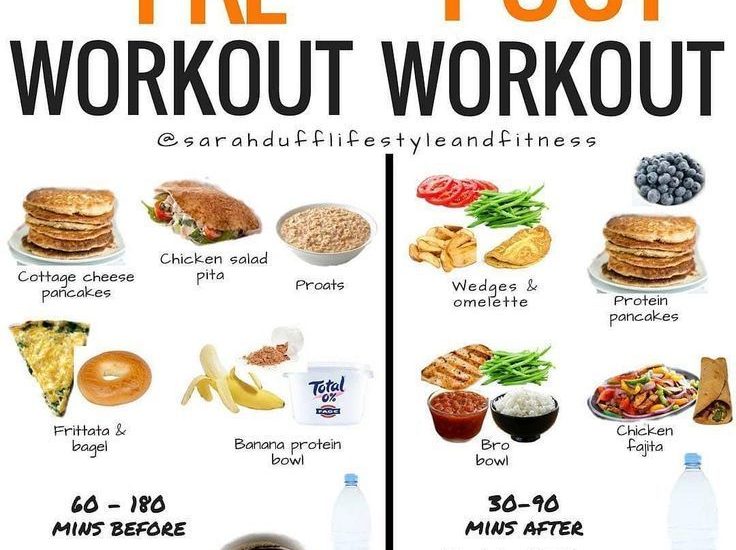How to Balance Macronutrients for Optimal Fitness Results
As a tech enthusiast, you understand the importance of precision and balance in achieving optimal results. The same principle applies to your fitness journey. Balancing macronutrients – proteins, carbohydrates, and fats – is crucial for achieving your fitness goals and maximizing your performance. In this article, we will discuss how to effectively balance macronutrients to achieve optimal fitness results.
Understanding Macronutrients
Before we delve into the specifics of balancing macronutrients, it is essential to understand the roles that each macronutrient plays in your body.
Proteins: Proteins are the building blocks of muscle and are essential for muscle repair and growth. They also play a vital role in hormone production and enzyme function.
Carbohydrates: Carbohydrates are your body’s primary source of energy. They fuel your workouts and help replenish glycogen stores in your muscles.
Fats: Fats are essential for hormone regulation, brain function, and nutrient absorption. They also provide a source of long-lasting energy.
Calculating Your Macronutrient Needs
The first step in balancing macronutrients is to calculate your individual macronutrient needs. This can be done by determining your daily caloric needs and then allocating a specific percentage of those calories to each macronutrient.
As a general guideline, most fitness enthusiasts aim for a macronutrient split of around 40% protein, 40% carbohydrates, and 20% fats. However, individual needs may vary based on factors such as activity level, goals, and metabolism.
Choosing High-Quality Sources
Once you have determined your macronutrient needs, the next step is to choose high-quality sources of each macronutrient. Opt for lean protein sources such as chicken, fish, and tofu. Choose complex carbohydrates like quinoa, sweet potatoes, and brown rice. Incorporate healthy fats from sources such as avocados, nuts, and olive oil.
Timing Your Macronutrients
Timing your macronutrients can also play a significant role in optimizing your fitness results. Aim to consume a balance of proteins, carbohydrates, and fats throughout the day to fuel your workouts and support recovery.
Before your workout, focus on consuming a balance of protein and carbohydrates to provide energy and support muscle growth. After your workout, prioritize protein and carbohydrates to aid in muscle repair and glycogen replenishment.
Monitoring Your Progress
Once you have implemented a balanced macronutrient plan, it is essential to monitor your progress and make adjustments as needed. Keep track of your energy levels, performance in the gym, and changes in body composition.
If you are not seeing the results you desire, consider adjusting your macronutrient ratios or total caloric intake. Working with a nutritionist or dietitian can also help you fine-tune your macronutrient plan for optimal results.
Conclusion
Balancing macronutrients is a key component of achieving optimal fitness results. By understanding the roles of proteins, carbohydrates, and fats, calculating your individual macronutrient needs, choosing high-quality sources, timing your macronutrients, and monitoring your progress, you can effectively optimize your fitness journey.
Remember, achieving balance and precision in your nutrition plan is just as crucial as in your tech projects. By following these guidelines, you can take your fitness results to the next level and reach your goals with confidence.
Start implementing a balanced macronutrient plan today and watch as your fitness results soar to new heights.


